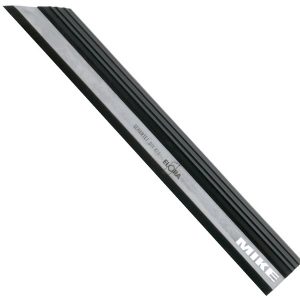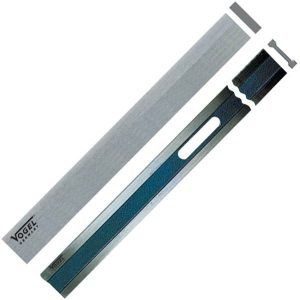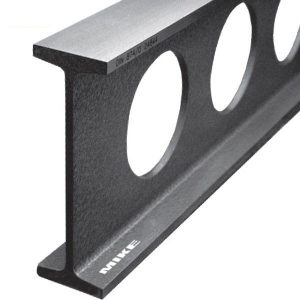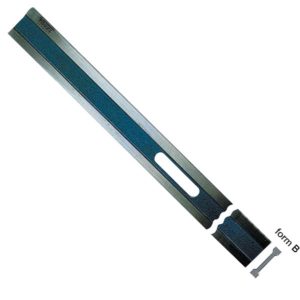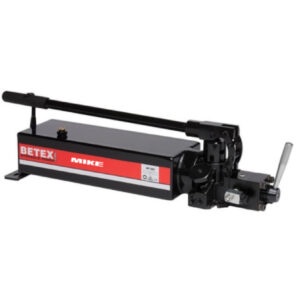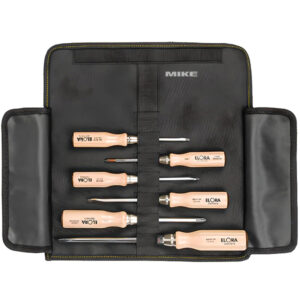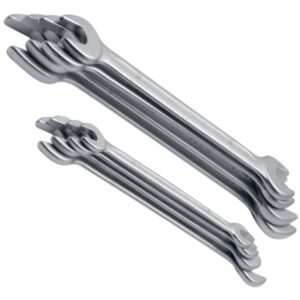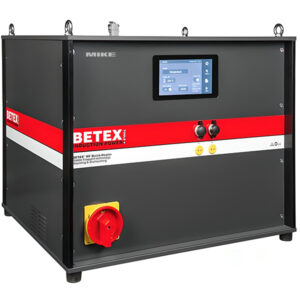Straight edge are indispensable tools in engineering, manufacturing, construction, and various other fields where accuracy and precision are key. Used to draw straight lines or check the straightness of a surface, a straight edge must itself be perfectly straight. Its manufacturing, therefore, adheres to stringent standards, such as DIN 874, to ensure the highest quality and performance.
Straight Edge: A Comprehensive Guide
Types of Straight Edge
Straight edges are available in different quality grades, materials, and designs, catering to various applications and needs.
1. Precision Straight Edge – Accuracy GG 0
- Made of steel, shaped in I-form with weight reducing holes.
- Extra finely ground measuring surfaces and edges.
- Applicable for highly precise tasks.
- Stainless and carbon steel quality options.
2. Precision Straight Edge – Accuracy GG 1
- Similar to GG 0 but with finely ground measuring surfaces.
- Offers excellent precision but with slightly relaxed tolerances.
3. Precision Straight Edge – Accuracy GG 2
- Edges finely ground, suitable for applications requiring good accuracy but not the highest precision.
- Longer lengths available up to 4000 mm with hand slots.
4. Precision Straight Edge – Made of Aluminium
- Lightweight and highly corrosion-resistant.
- Coated with a high-grade abrasion-resistant layer.
- Low thermal conductivity and available in various grades.
Selection Criteria
Material Selection:
- Steel: Suitable for heavy-duty tasks, provides excellent rigidity and precision.
- Aluminium: Ideal for lightweight handling and offers great corrosion resistance.
Accuracy:
- GG 0: For highly precise tasks.
- GG 1: Balanced between precision and affordability.
- GG 2: Suited for general use where extreme accuracy is not needed.
Length and Design:
- Up to 2000 mm: Typically I-form, with or without hand slots.
- Up to 4000 mm: Specific for some steel versions.
- Weight reducing holes: For ease of handling.
Special Features:
- Wide flat sides for resting spirit levels.
- Calibration certificate for quality assurance.
Important Considerations
Straight edges are essential tools that find applications across various industries. Their selection requires a careful evaluation of the task’s needs, budget, and other specific conditions. The adherence to standards like DIN 874 ensures reliability and trust in these tools.
- Application Needs: Assess the requirements of the task, such as the level of precision needed, to choose the right grade.
- Budget: Higher precision usually comes at a higher cost. Balancing the budget with the needs is crucial.
- Maintenance: Regular calibration and proper storage are essential to maintain the flatness tolerances. Always follow the optimal support points as per guidelines.
- Environmental Conditions: Consider the working environment. For example, aluminum may be preferred in corrosive conditions.
Whether for construction or fine engineering, the right straight edge can make the difference between success and failure in achieving the desired accuracy. Always consider the material, precision level, design, and additional features that suit the job at hand, and don’t hesitate to consult with experts or refer to detailed specifications to make the best selection.
What is the meaning of DIN 874?
DIN 874 is a German standard (Deutsches Institut für Normung) for precision measuring elements, including straight edges. This standard specifies the requirements for accuracy, material, surface treatment, and other factors to ensure that straight edges meet high-quality standards.
DIN 874 is divided into different accuracy grades, commonly denoted as GG 0, GG 1, GG 2, etc. Each grade has specific requirements for the flatness and parallelism of the measuring surfaces, and may also prescribe other requirements such as hardness, abrasion resistance, and other technical features.
Choosing a straight edge according to DIN 874 means selecting a reliable tool and ensures that the tool is suitable for your specific intended use. This standard helps to guarantee that straight edges are manufactured to a high quality and are suitable for professional applications in engineering, construction, and various other fields.
Straight Edge
Showing all 7 results

